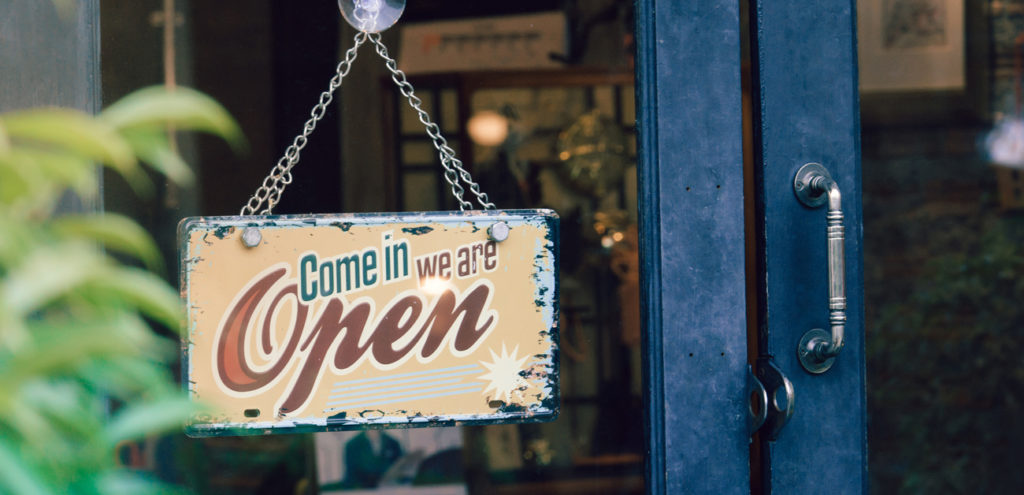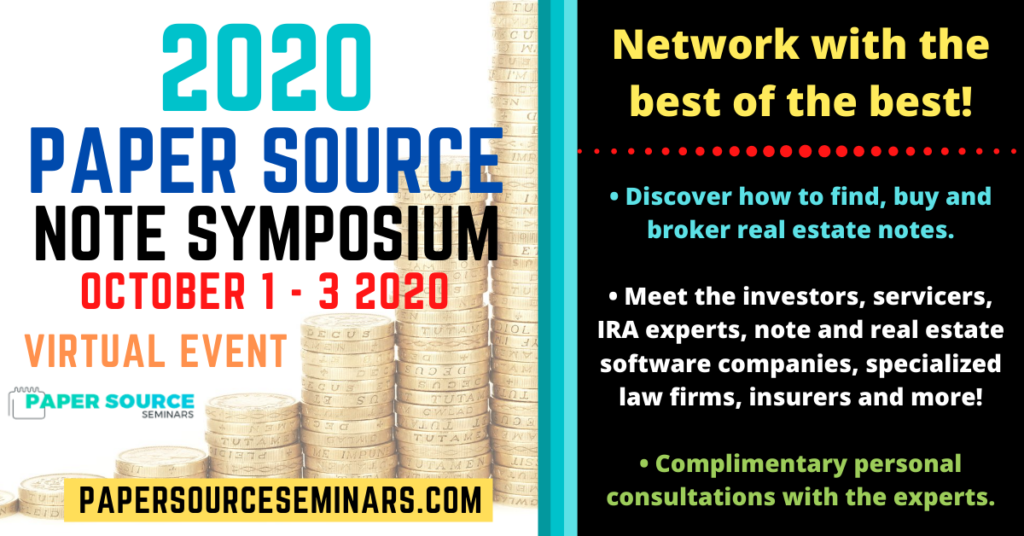By Shannon McGahn | Published by Realtor Magazine on July 23, 2020
Eliminating 1031 like-kind exchanges would hit mom and pop investors hardest and cause a devastating domino effect on the economy.
But not all real estate is equal.
Due to the pandemic, more than 100,000 small businesses are permanently shuttered, and an additional 2 million are at risk of immediately closing. New tenants are in short supply. As a result, commercial real estate is hemorrhaging, and the value of commercial property is in a free fall.
We don’t need a history lesson from the 2008 housing crash to know how devastating a domino effect can be to real estate and the overall economy.
Without further intervention, the situation could go from bad to worse. With punitive and misguided new policies, it could go from worse to catastrophic.
One of the pillars of commercial real estate is the 1031 like-kind exchange, which allows investors to defer paying taxes on the sale of real estate if the money is immediately reinvested in another productive property.
Some believe like-kind exchanges are used only by the super-rich and think closing this so-called “loophole” would create an easy pot of gold at the end of the rainbow. So, let’s bust a few myths about who uses Section 1031 and whom it benefits.
Recent data shows that only 5 percent of exchanged properties are held by regular corporations. The vast majority are actually held by mom and pop investors—sole proprietors and pass-through businesses such as partnerships and S corporations.
A 2015 study further revealed that 88 percent of exchanged properties were later disposed of through a taxable sale. And taxes paid are 19 percent higher when a property is exchanged then sold versus never having been exchanged.
The myth of the indefinite exchange to avoid taxes is just that—a myth.



